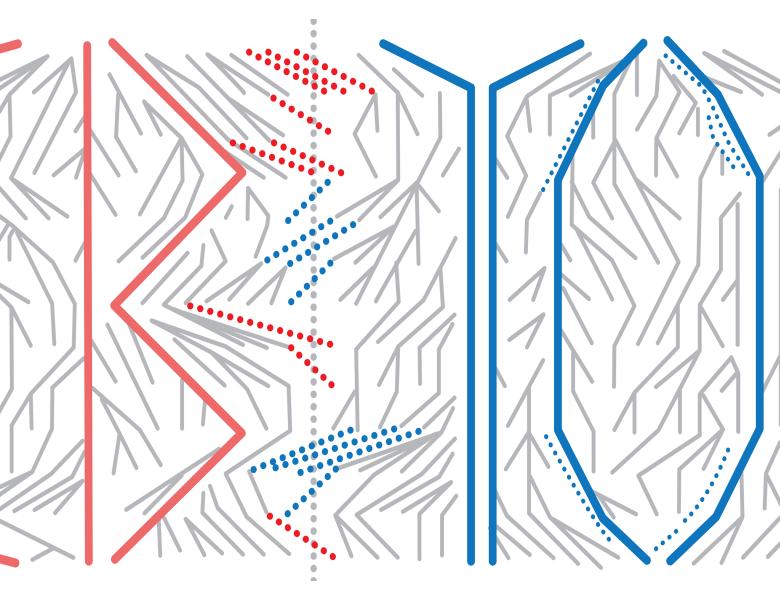
Abstract
I will describe likelihood-based methods that relate traits to phylogenetic tree shapes. The phylogenetic tree of a group of species contains information about character transitions and about diversification: higher speciation rates, for example, give rise to shorter branch lengths. The likelihood methods that we have developed uses the information contained in a phylogeny and integrates over all possible evolutionary histories to infer the speciation and extinction rates for species with different character states. These methods also allow inference of the mode of trait change, be it cladogenetic or anagenetic. These likelihood methods can be used to provide more detailed information than previous methods, allowing us to disentangle whether a particular character state is rare because species in that state are prone to extinction, are unlikely to speciate, or tend to move out of that state faster than they move in. Related applications to within-species phylogenies and to traits that influence the rate of molecular evolution will also be discussed.


